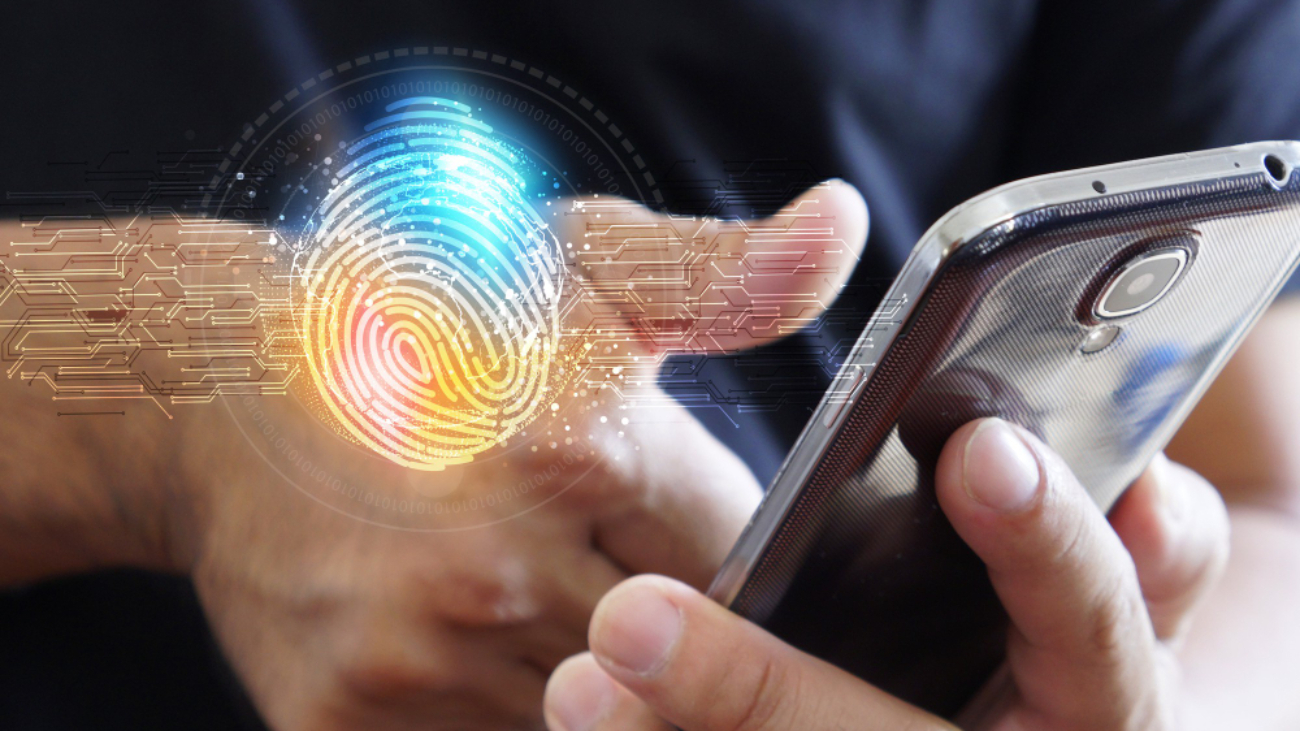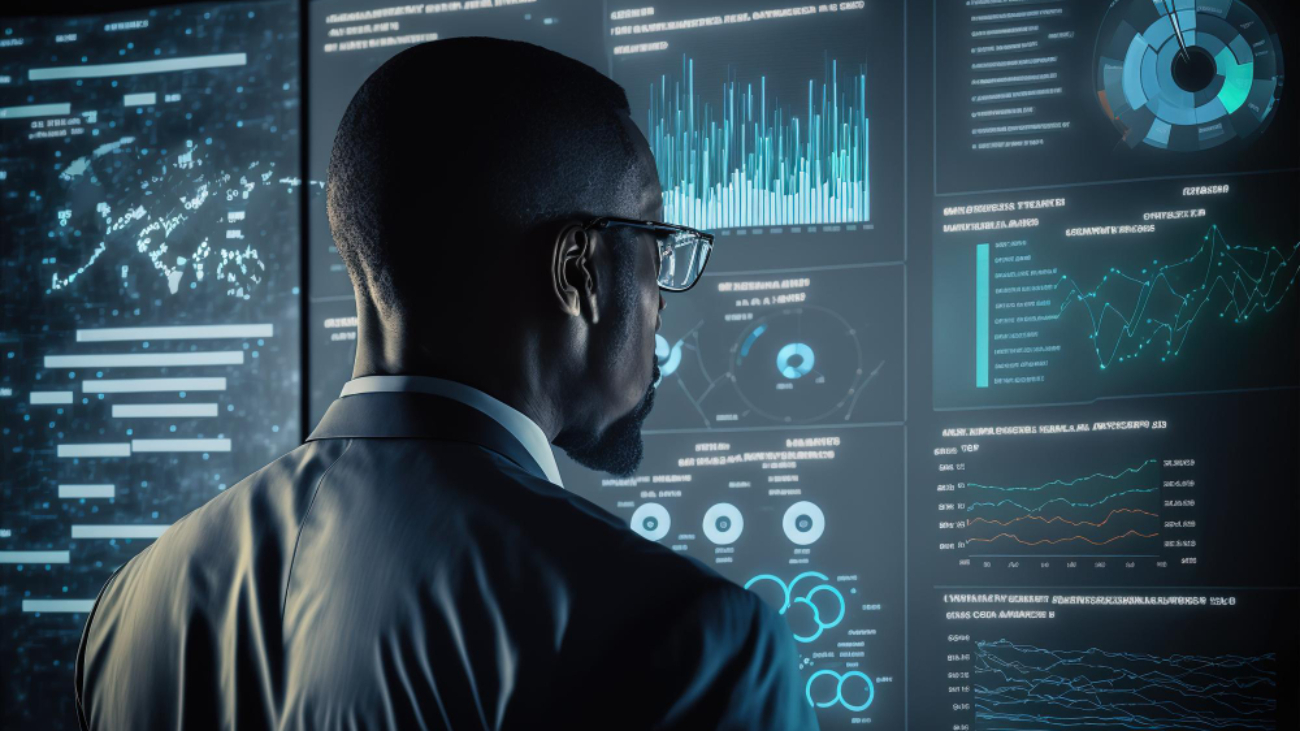In the last decade, the sphere of wearable technology (wearables) has seen exceptional advancement, primarily in the arena of biometrics stated Bahaa Abdul Hadi. Wearable biometrics represent devices that measure and evaluate various biochemical/physiological parameters in the human body. Devices such as these have transformed from basic fitness trackers to remarkable health monitors, offering users in-depth insights into well-being.
The Personal Management of Health
Fitness trackers were the first wearables in biometric devices. Gaining quick popularity, they focused on tracking physical activity, like distance traveled, steps taken, and calories burned. Early devices used accelerometers and simple heart rate sensors to offer users basic information pertaining to exercise levels. They provided a convenient method to monitor workouts, motivating users to remain active, but they had limited capabilities relative to the latest wearables.
Gradually, with advancements in technology, wearable biometrics extended beyond mere fitness tracking. In the present day, health monitors comprise a wide array of sensors plus algorithms to gather and analyze data regarding health. They can deftly monitor blood pressure, heart rate, sleep patterns, body temperature, stress levels, and even your blood oxygen saturation. Such devices have become indispensable for people who are health-conscious.
Biometrics – Accurate Analysis
Sleep tracking has significantly witnessed improvements. Early fitness trackers mainly relied on motion sensors to analyze sleep patterns. Today’s wearables use advanced algorithms/sensors to offer more accuracy. Such devices analyze sleep phases, detect disruptions in sleep, and provide personalized suggestions for enhancing sleep quality. In tracking sleep patterns, people can identify variables that affect restfulness. Then they can make appropriate adjustments to achieve improved sleep.
Biometrics also has a large role to play in the management of stress. Current wearables incorporate sensors to measure variability in heart rate, and skin conductance, and analyze voice patterns to gauge stress levels. In monitoring levels of stress, people learn to identify particular triggers and use stress-reduction methods. Wearables offer real-time feedback. Consequently, this encourages users to undertake relaxation exercises when stress levels rise.
Biometrics – Leading the Way to Better Health
Additionally, biometrics of the wearable kind have expanded their reach to people with chronic issues. Diabetic patients can monitor glucose levels with wearables that measure interstitial glucose via the skin. Non-invasive approaches like this eliminate frequent finger pricks and provide continuous feedback in case of fluctuations. In the same way, people with respiratory issues benefit from wearables tracking lung function and detecting early onset.
Wearable biometrics have paved the path for individualized health management. Empowering people to take control of their health by giving actionable and real-time feedback. With the advancement of technology, biometric wearables are likely to become more sophisticated with new algorithms and sensors to act as reliable metrics for physiological well-being.
Thank you for your interest in Bahaa Abdul Hadi blogs. For more information, please visit www.bahaaabdulhadi.com







